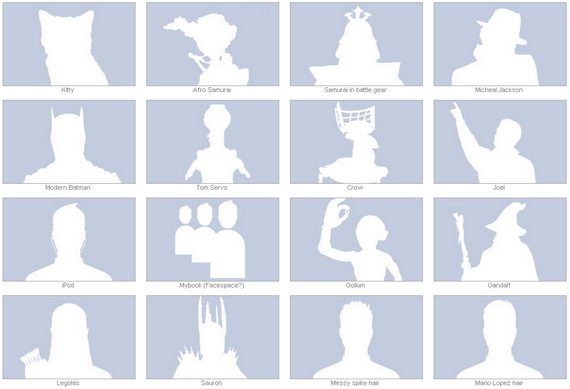photos for facebook profile picture
Technologies, including communications technologies, have a long history of shaping and being shaped by the gender of their users. Although technologies used to perform housework have an apparent historical connection to gender in many cultures, a more ready connection to SNSs may be drawn with telephones as a communications technology readily and widely available in the home. Telephone use has long had gendered connections ranging from the widespread assumption that women simply talk more than men, and the employment of women as telephone operators. In particular, young women have been closely associated with extensive and trivial use of the telephone for purely social purposes. Similarly, women's use of and influence on the development of computers has been trivialized while significant developments in computers have been masculinized. Thus the idea that there may be both real and perceived differences in how men and women use SNSs – and that those uses may shape the SNSs – is neither new nor surprising and has historical analogues.
There is historical and contemporary evidence that current fears about young girls' online safety have historical antecedents such as telegraphs and telephones. Further, in many cases those historical reactions resulted in restrictions of girls' use of technology to protect them from predators, molesters, and other criminals threatening their innocence. Like current fears focused on computer use, particularly SNSs and other communication media, these fears are most intense when the medium enters the home. These fears have the potential to – at least temporarily – overwhelm the positive and empowering uses of these technologies. These historical fears are echoed in contemporary media accounts of youths' use of SNSs.
There is historical and contemporary evidence that current fears about young girls' online safety have historical antecedents such as telegraphs and telephones. Further, in many cases those historical reactions resulted in restrictions of girls' use of technology to protect them from predators, molesters, and other criminals threatening their innocence. Like current fears focused on computer use, particularly SNSs and other communication media, these fears are most intense when the medium enters the home. These fears have the potential to – at least temporarily – overwhelm the positive and empowering uses of these technologies. These historical fears are echoed in contemporary media accounts of youths' use of SNSs.

















0 Comments:
Post a Comment
Subscribe to Post Comments [Atom]
<< Home